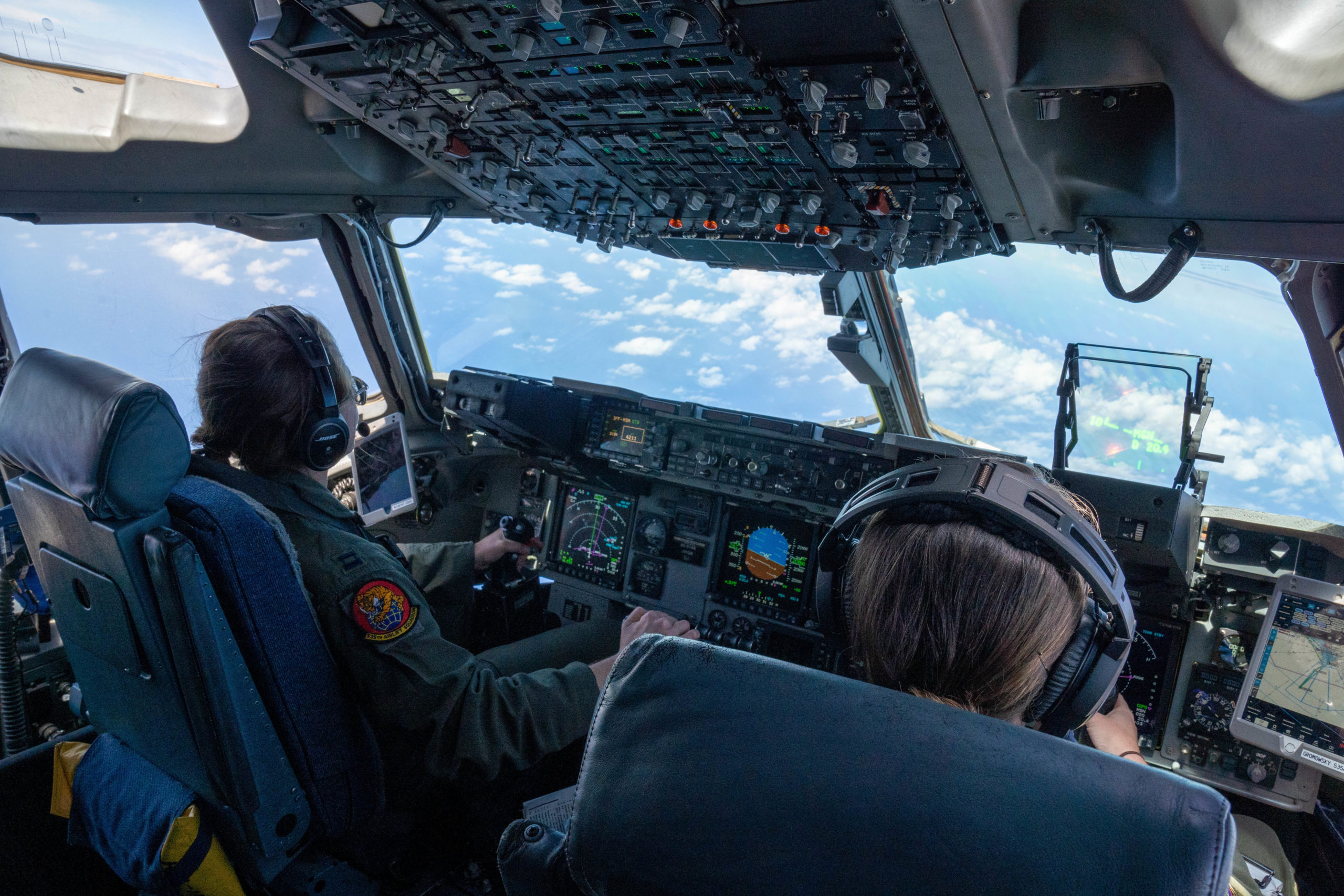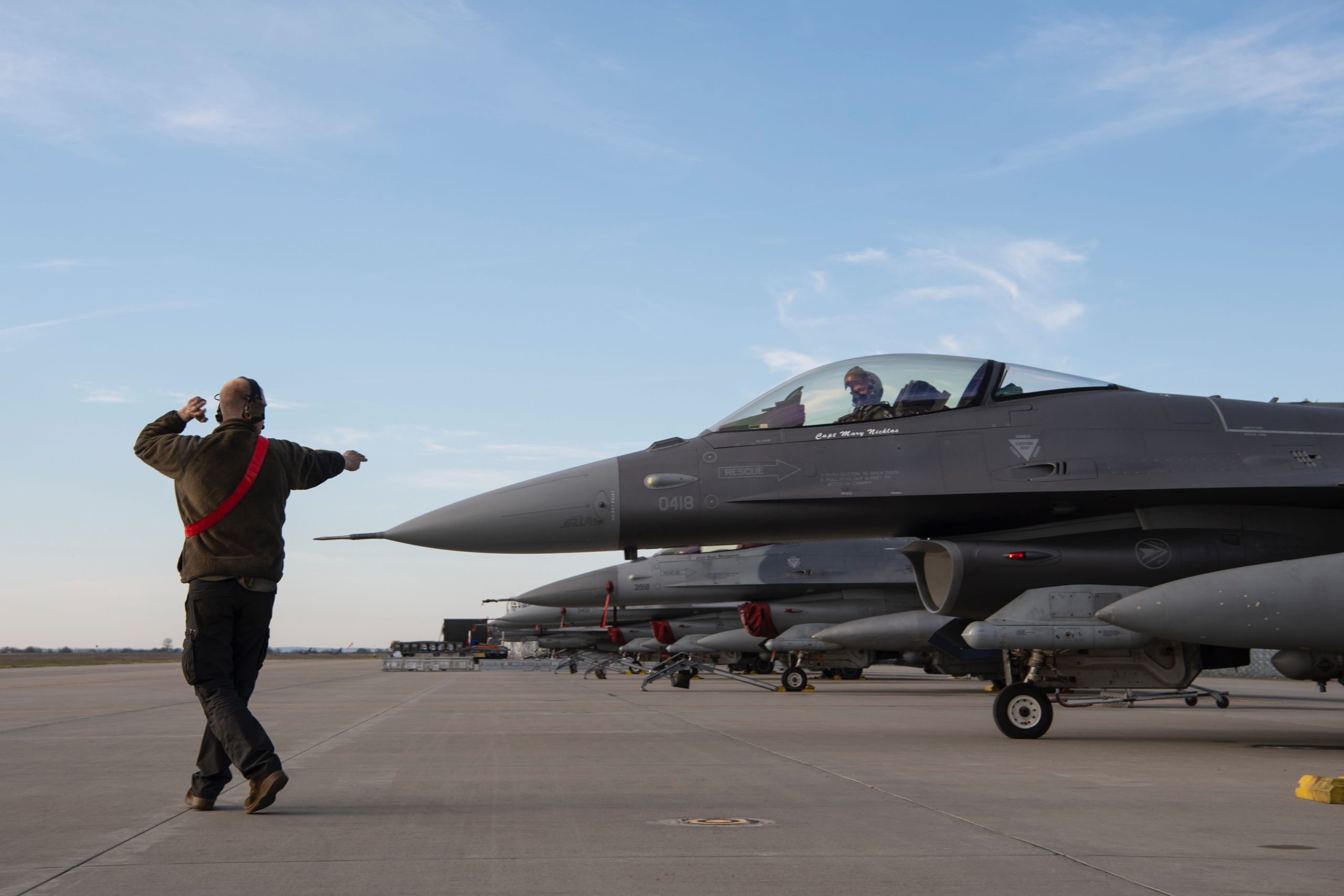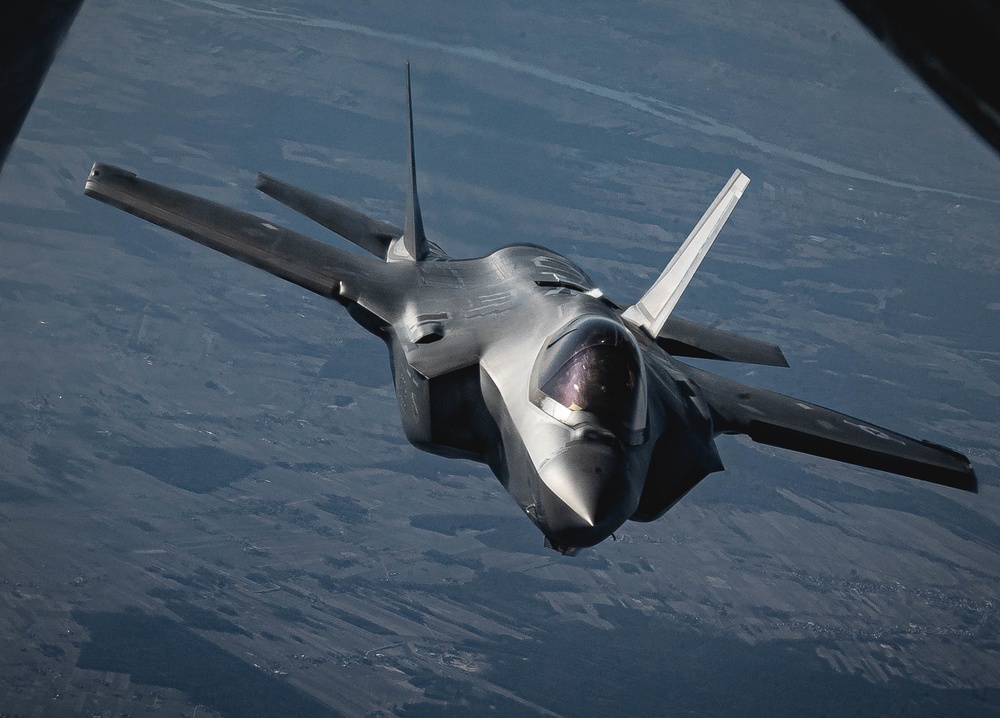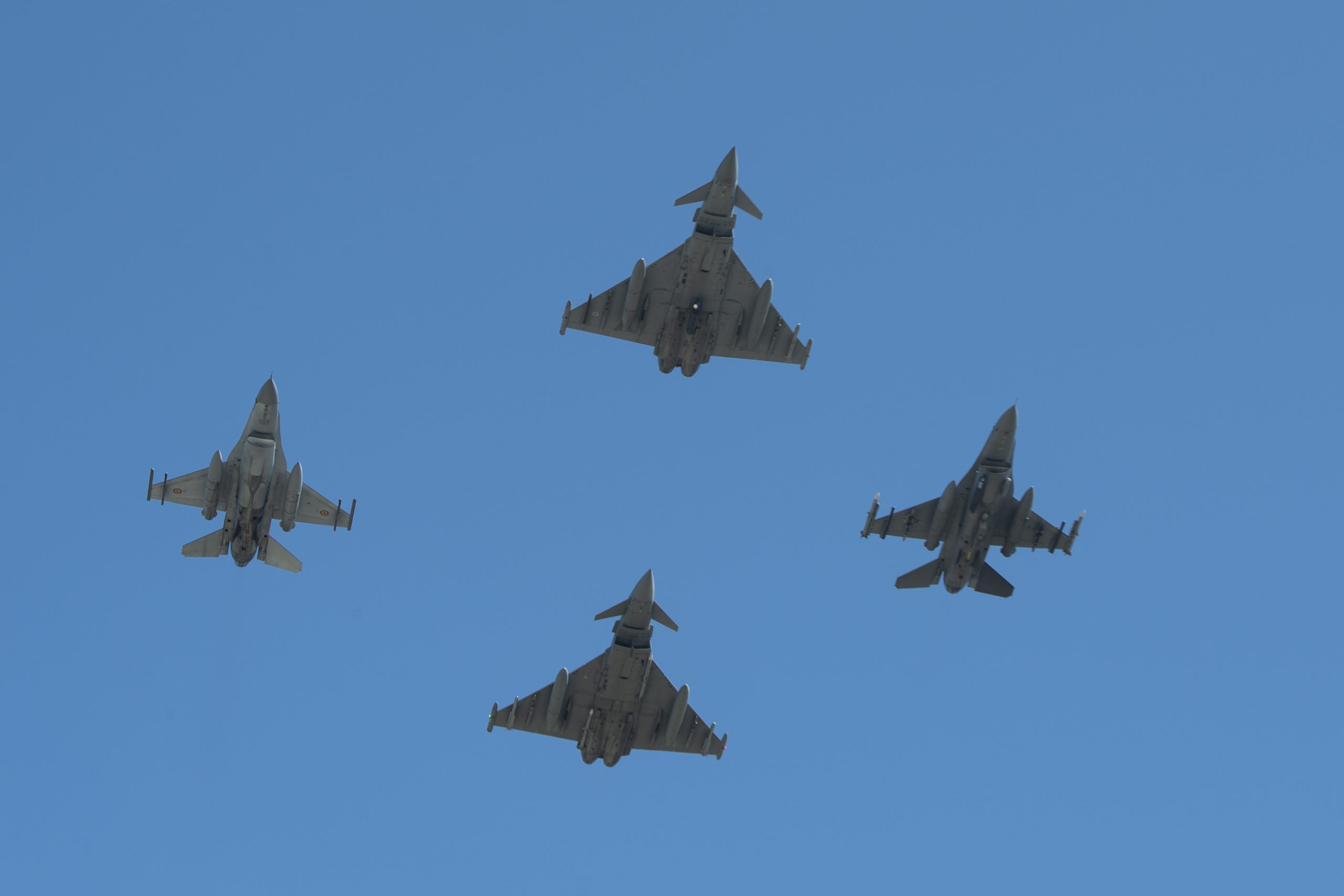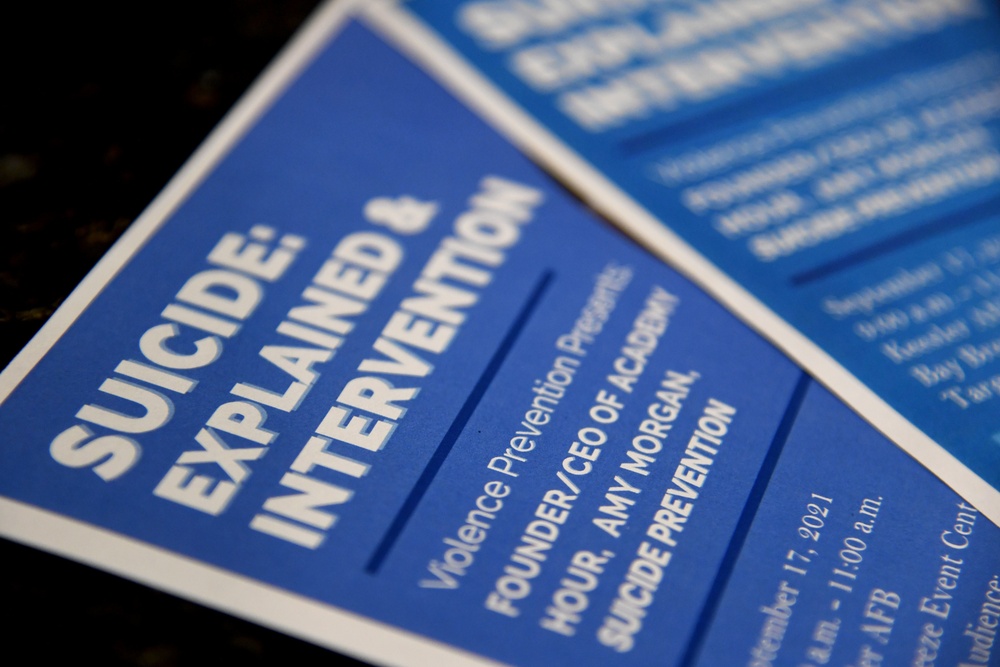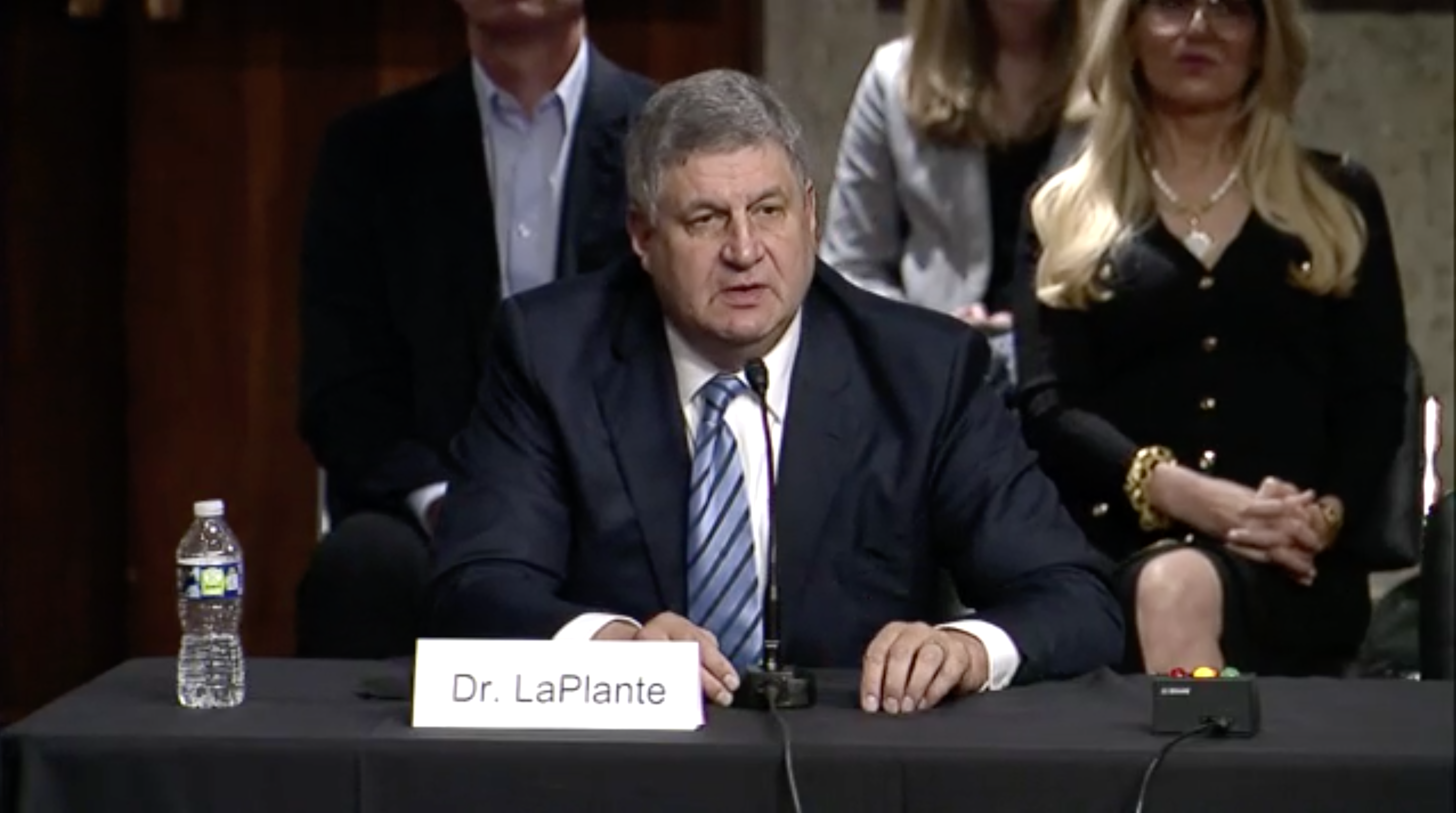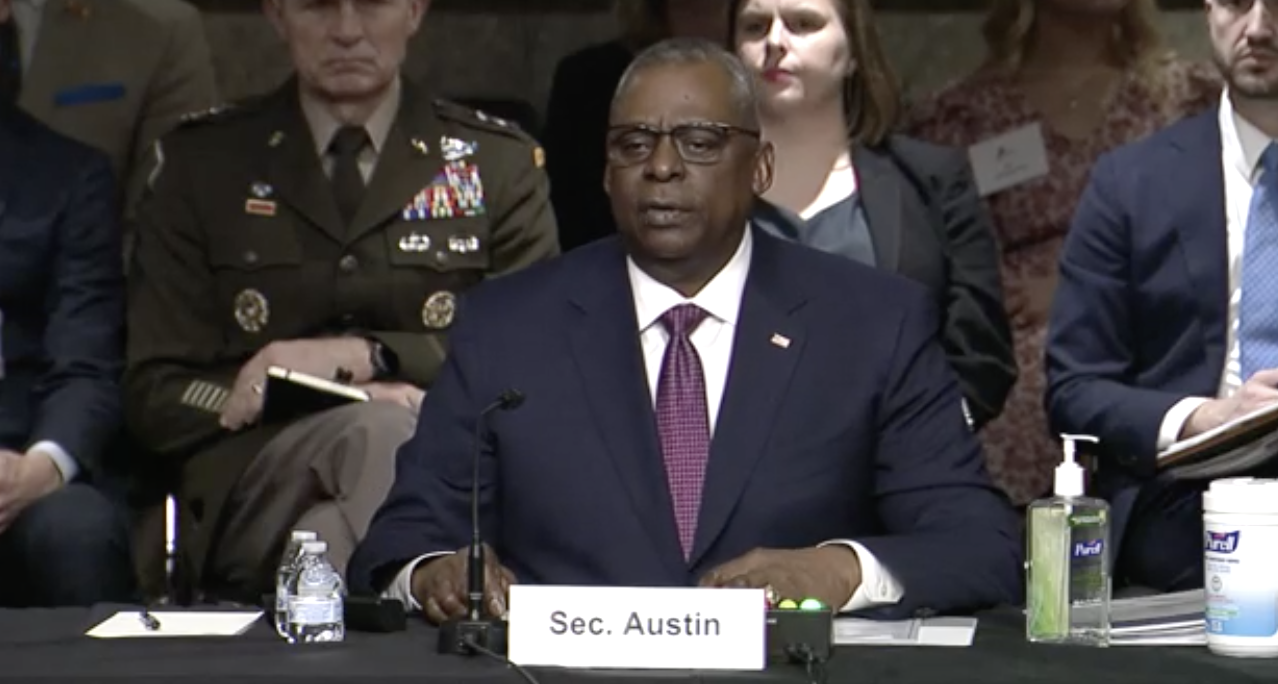Active-duty pilots who renew their contracts can earn up to $420,000 through the service’s 2022 Aviation Bonus program.
The Air Force aviation bonus program helps the service shape pilot force through financial incentives, geared to experienced rated officers, including crewed aircraft pilots, remotely piloted aircraft pilots, air battle managers, and combat systems officers. This year, Recon/Surveillance/Electronic Warfare pilots also are eligible for the bonuses, and the service is offering tiered commitments with some shorter terms of just three to four years.
“Airpower will always be in high demand, and our operational readiness hinges on retaining a force of skilled and experienced aviators,” said Chief of Staff Gen. Charles Q. Brown Jr. in a release. “As we explore and employ a variety of tools to assist in the production, retention, and absorption of aviators, these incentives are one element of ensuring we have the force to meet current and future mission requirements.”
Eligible lieutenant colonels and below have until Aug. 31 to apply for the 2022 aviation bonus. Bonuses will be paid within three weeks after applications are approved, the Air Force said.
The richest bonuses are available to fighter (11F), bomber (11B), special operations (11S), mobility (11M), C2ISR (11R), and rescue helicopter pilots (11H) whose Active-duty service commitment expires in fiscal 2022. They can qualify for varying amounts depending on how long they commit to stay in uniform:
- Three to four years: $105,000 and $140,000
- Five to seven years: $175,00 to $245,000
- Eight to 12 years: $280,000 to $420,000
For remotely piloted aircraft pilots (11U, 18X), Air Battle Managers (13B), and Combat Systems Operators (12B, 12F, 12S, 12H, 12R, and 12U) the bonuses are smaller, but still substantial:
- Three to four years: $45,000 to $60,000
- Five to seven years: $125,000 to $175,000
- Eight to 12 years: $240,000 to $360,000
The Air Force also is offering an experience bonus for aviators whose prior aviation bonus is expired or expires this year, as well as for pilots whose Active-duty service commitment was completed prior to this year but who have not previously signed an aviation bonus contract. Fighter, bomber, special operations, mobility, reconnaissance, and helicopter rescue pilots in those categories qualify for $105,000 to $420,000 depending on the length of their commitment; RPA pilots in those categories qualify for $45,000 to $300,000.
To qualify for the aviation bonuses, officers must be cleared for operational flying duty.
